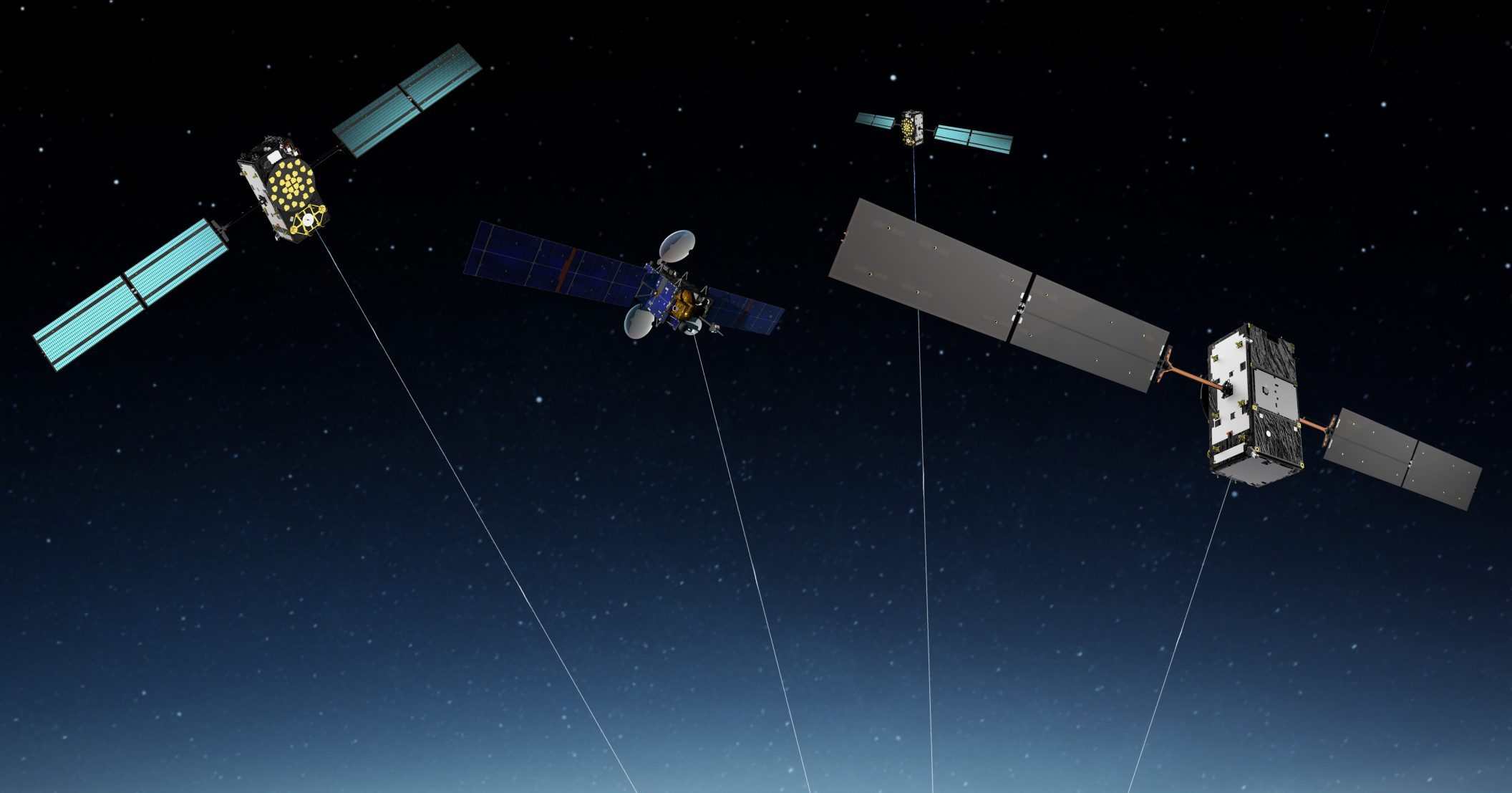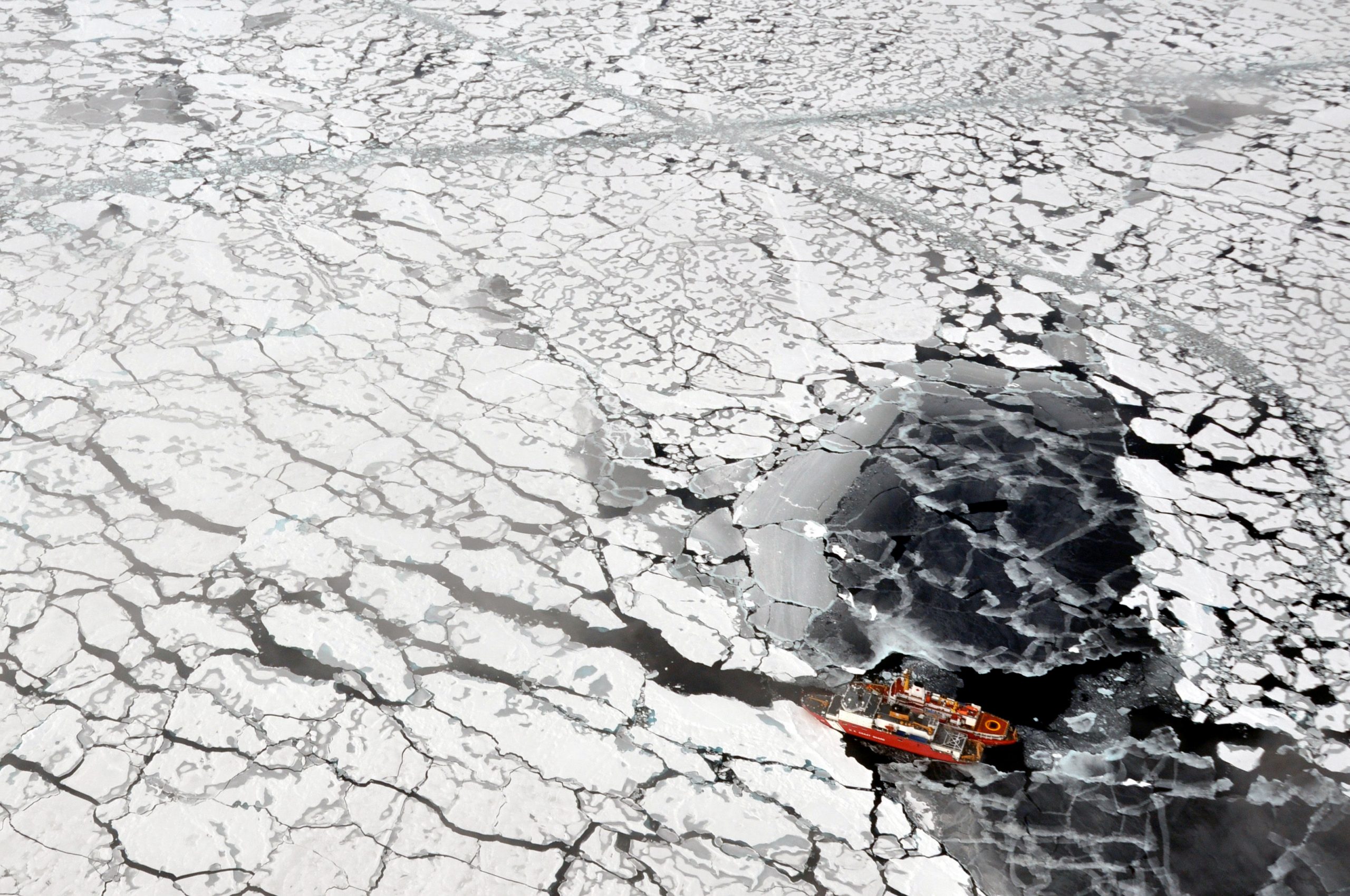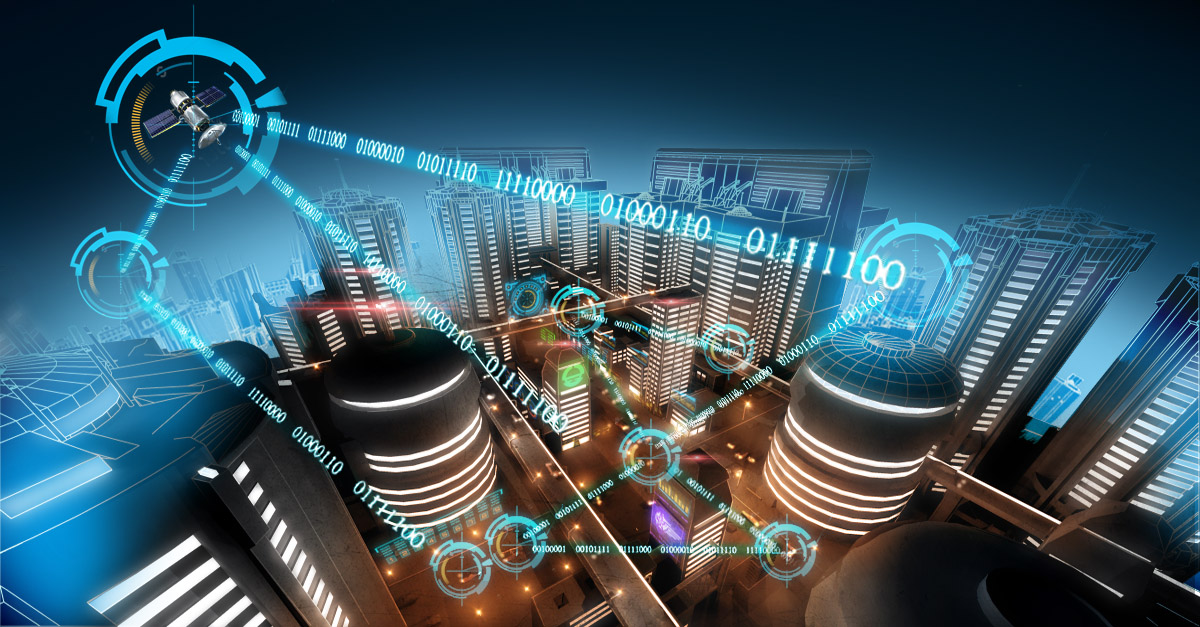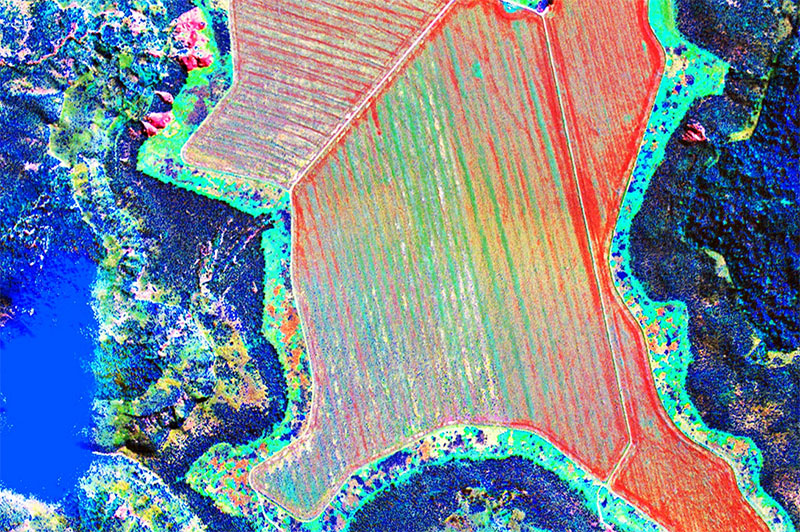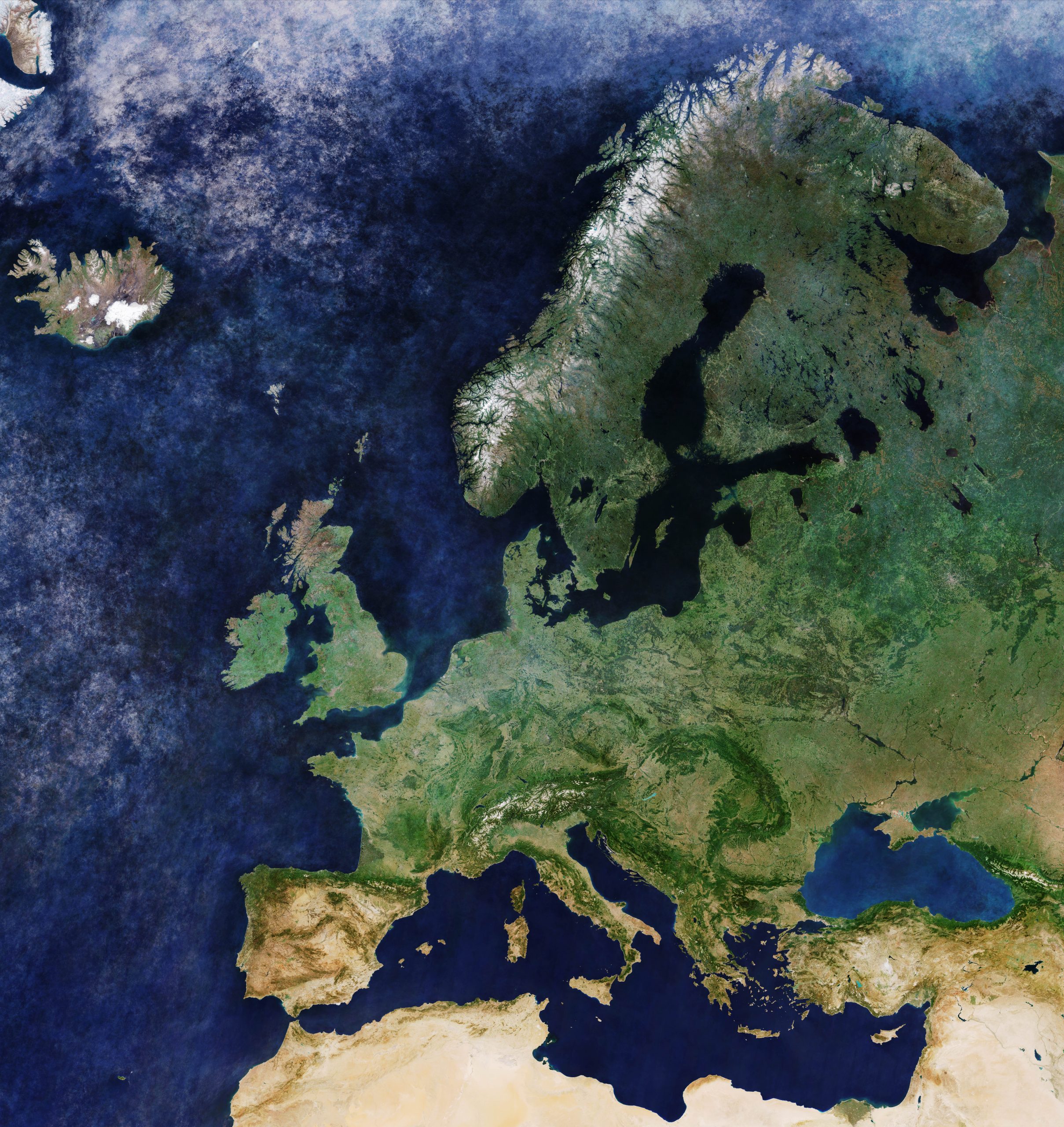Space technology in support of sustainable development
Ruuta2021-04-15T14:04:37+03:00In the last 50 years global population has doubled, and the global GDP has grown fourfold. In parallel, various environmental problems like water scarcity, climate change and depletion of critical natural resources have been growing at a high rate in part due to the impact of energy intensive industries. During this period, the annual global [...]
